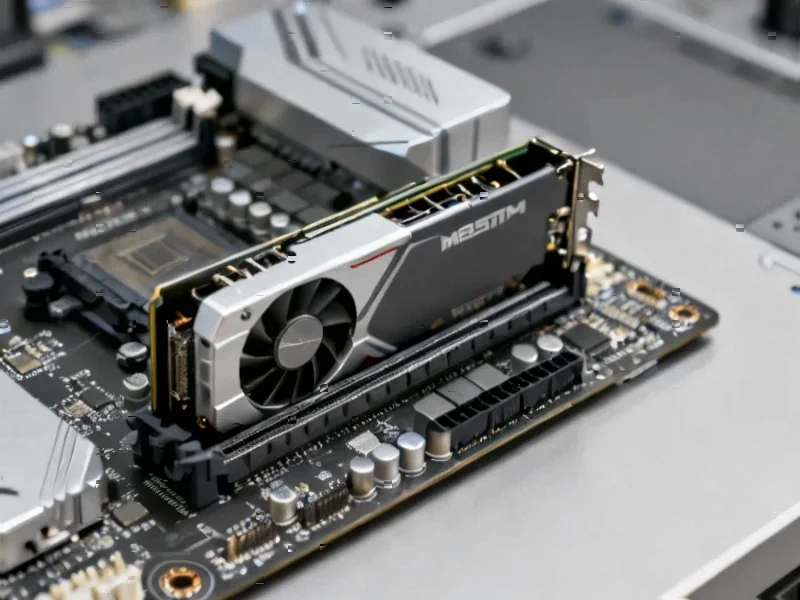According to SamMobile, Samsung is developing a feature that would allow Galaxy Books to stream audio to two Galaxy Buds simultaneously using Bluetooth LE Audio and Auracast technology. The capability is currently available on the Galaxy Book 5 Pro, Galaxy Book 5 Pro 360, Microsoft’s seventh-generation Surface Laptop in both 13.8-inch and 15-inch models, and the latest 13-inch Surface Pro. Compatible Samsung audio devices include the Galaxy Buds 2 Pro, Galaxy Buds 3, and Galaxy Buds 3 Pro, enabling scenarios where a single Galaxy Book could share audio with multiple earbuds. This development represents another step in Microsoft’s ongoing effort to bridge Android and Windows ecosystems.
The Android-Windows Ecosystem Dilemma
What makes Samsung’s implementation particularly interesting is that it highlights the fundamental asymmetry in the mobile computing landscape. While Apple controls both iOS and macOS, creating seamless integration across devices, Android manufacturers must partner with Microsoft to achieve similar functionality. This creates a fragmented ecosystem strategy where features depend on cooperation between separate companies with potentially competing interests. The Auracast implementation shows how Samsung is leveraging Microsoft’s cross-platform initiatives to create Apple-like experiences, but this approach inherently limits the depth and consistency of integration compared to Apple’s vertically integrated model.
Consumer Experience and Use Cases
For consumers, this feature represents more than just technical convenience—it enables new social and collaborative scenarios. Couples could watch movies together on flights without disturbing neighbors, language learners could share audio lessons with instructors, and business partners could review presentations simultaneously. However, the Bluetooth LE Audio specification that enables this functionality has been slow to achieve widespread adoption across devices. This creates a consumer education challenge where users must understand which specific devices support the feature, potentially limiting its mainstream appeal despite the clear utility.
Market Segmentation and Upgrade Pressure
The selective device compatibility reveals Samsung’s strategic approach to feature segmentation. By limiting Auracast support to premium models like the Galaxy Book 5 Pro and newer Buds models, Samsung creates compelling upgrade incentives for users invested in their ecosystem. This mirrors Apple’s strategy of using exclusive features to drive adoption of newer hardware. However, it also risks alienating users with slightly older devices who find themselves excluded from these ecosystem benefits. The premium-first rollout creates a tiered experience that could frustrate consumers who expected broader compatibility given the standardized nature of Bluetooth technology.
The Broader Competitive Context
This development occurs against a backdrop of increasing ecosystem competition across the tech industry. Google is developing its own cross-device connectivity framework, while Qualcomm and other chipset manufacturers are pushing their own solutions. Samsung’s implementation through Microsoft’s platform suggests a pragmatic approach to ecosystem building—partnering where necessary while maintaining control over their hardware differentiation. The success of this strategy will depend on whether these cross-company partnerships can deliver experiences seamless enough to compete with Apple’s tightly integrated approach, or whether they remain perpetually playing catch-up with more limited implementations.
Integration Challenges and Future Directions
Looking forward, the biggest challenge for Samsung and other Android manufacturers will be achieving the level of polish and reliability that Apple users take for granted. Features like simultaneous audio streaming represent important steps, but they’re part of a broader ecosystem puzzle that includes messaging continuity, file sharing, and device handoff. The success of these efforts will determine whether Android-Windows ecosystems can become truly competitive alternatives to Apple’s walled garden, or whether they remain collections of useful but disconnected features that never quite achieve the seamless experience that defines premium ecosystem integration.




